In commemoration of the 50th Anniversary of the Philippines’ membership to the ASEAN and the Philippine chairmanship of ASEAN in 2017, the Tingin Film Festival is being held from October 1 to 15 at the Shangr-La Plaza. The festival will be showcasing important contemporary films from 12 different Southeast Asian nations, carefully selected by the members states and cultural ministry of each country.

The Filipino word ‘Tingin’ means ‘to see,’ but more than that, it is also to look at something thoughtfully and to present someone’s opinions and perspectives. True enough, the primary objective of the festival is to expose Filipinos to Southeast Asian films. While Filipinos are very much familiar with American and European films, they are not as aware of the equally artistic and brilliant movies from their neighboring countries. The Tingin Film Festival also gives Filipino audiences a glimpse of the each country’s culture, as all the films that were selected are films made between the year 2000 to 2017 that best represents each country and revolves around their cultural heritage. Thus, Tingin steering committee member and University of the Philippines Diliman professor Patrick Campos says, “This festival can help address key issues in Southeast Asia today — immigration, ethnic, and cultural differences, and the overt abuse of young girls and women.”
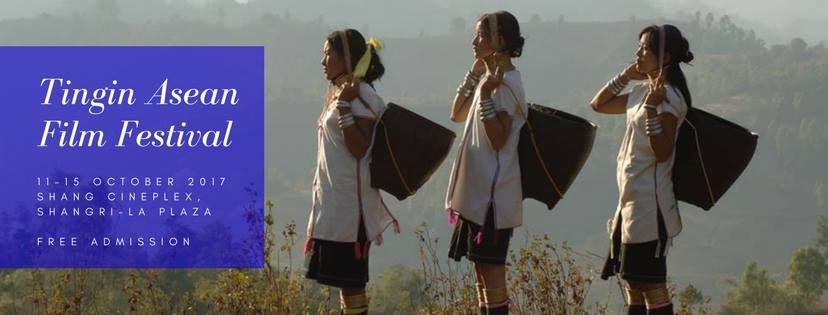
The festival will be divided into two sections: the Official Section, which are the films reviewed and chosen by the cultural ministries of each country, and the Tastemakers’ Section, which are films picked out by Filipino filmmakers, including Piolo Pascual.

Below is a list of the films that will be shown at the festival:
Official Selection

WARIS
(Brunei)
It has been a year since Pak Suparto disappeared. His mansion has long been empty, and is said to be haunted by restless spirits. Foolhardy Fuat decides to move in, to see for himself if the rumours are true. He will soon find out the answers to this mystery – where could Pak Suparto be?

VICTIM
(Cambodia)
Seyla was a beautiful and calm primary school teacher. She had a fiancé who was a journalist. Seyla had fought for justice for her student Samin, who was raped by her stepfather. Unfortunately, just one month before her wedding day, Seyla herself, was raped in an ambush. She tried to keep this secret from her fiancé. But nothing remains a secret, so inevitably, her fiancé came to know about this. Will her fiancé accept this truth? Who raped Seyla?
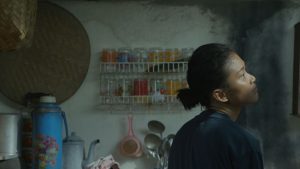
SOLO, SOLITUDE
(Indonesia)
A lyrical evocation of life in internal exile under dictatorship, Istirahatlah kata-kata (Solo, Solitude) is based on the last known events of the life of influential Indonesian poet and activist Wiji Thukul, who was forced to leave his family after being targeted by the government following anti-Suharto, pro-democracy protests in July 1997. The film traces the poet’s peculiar escape to Borneo on his own for eight months, moving from house to house and changing identities along the way. Living in a constant state of fear, his features often obscured by a floppy hat, Wiji Thukul adapts to his quiet, nomadic lifestyle – but he cannot forget his wife Sipon and his two children, who were left behind in Solo, Java under constant government surveillance.

KHUAN NANG
(Lao PDR)
A woman named Khuan Nang becomes separated from her lover, and tries to deal with her grief and heartbreak.
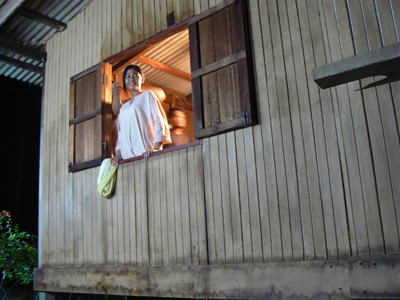
WAYANG
(Malaysia)
Master puppeteer Awang Lah becomes an uneasy teacher to Melor and the blind orphan Awi. All grown up, Awi’s innovative ways of telling the tales of Ramayana are well received by his audience – but not by Awang, who believes that the traditional wayang kulit performance is sacred. Love begins to bloom between Awi and Melor, but Jusoh, who has an eye for Melor, attempts to break them apart. Their lives change when Awang collapses during a wayang kulit performance. Can Awi and Melor revive the dying art of wayang kulit?
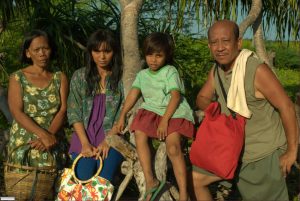
ANG DAMGO NI ELUTERIA KIRCHBAUM
(Philippines)
“Damgo,” the Cebuano word for “dream,” reflects the situation of the film’s protagonist Terya, a simple island girl who is about to leave her home to marry a foreigner. As she asks whether or not she should go, Terya is pressured by the people around her whose own dreams depend on her departure. Set in the scenic Olango Island in the midst of the Baliw-Baliw (“Crazy-Crazy”) festival, the film captures Terya and her state of mind as she walks towards her destiny. Along the way, a chain of events and new characters influence the young woman’s decision to stay or to leave. This film is shot in a single take.

ILO-ILO
(Singapore)
Set in Singapore in the year 1997, Ilo-Ilo chronicles the relationship between the Lim family and their newly arrived maid, Teresa. Like many other Filipino women, she has come to this city in search of a better life. Her presence in the family worsens its members’ already strained relationship. Jiale, the young and troublesome son, starts to form a unique bond with Teresa, who soon becomes an unspoken part of the clan. The family drama unfolds as the Asian Financial Crisis looms in the region.
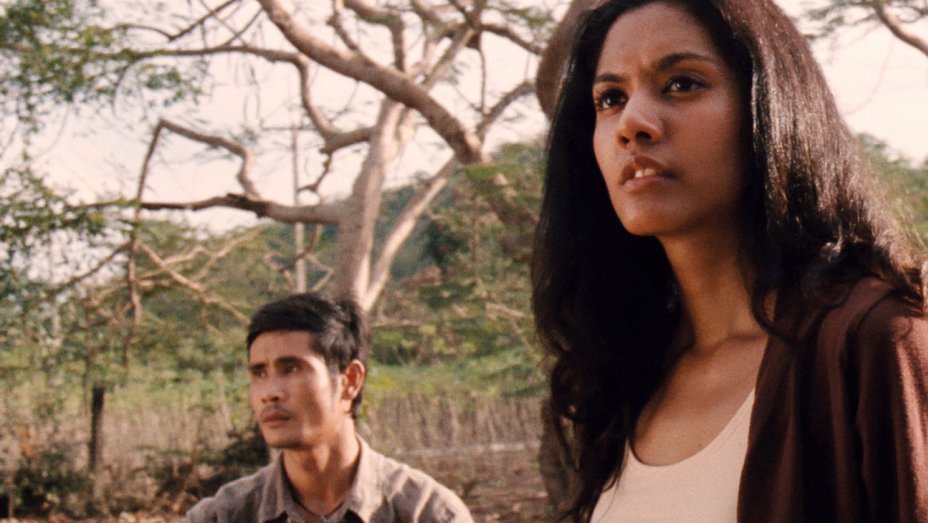
THE ISLAND FUNERAL
(Thailand)
Laila decides to take a road trip from Bangkok to Pattani, one of the three southernmost Thai provinces, to visit their long-lost aunt. Her brother and his friend also tag along. The three take off from Bangkok at a time when the capital is brimming with radical conflict among different political ideologies. As city-dwellers sheltered from the political heat of the south, the three are oblivious to the instability and violent outbreaks that have plagued Pattani for many years. After meeting a suspicious young soldier sent to fight the insurgents, the four head together to find Laila’s aunt, where the route leads them to discover a land stranger than anything they have ever known.

YELLOW FLOWERS ON THE GREEN GRASS
(Vietnam)
A small village in South Central Vietnam in the mid-1980s is the backdrop for the conflict-riddled coming of age story of twelve-year-old Thieu and his eight-year-old younger brother Tuong. Tuong idolizes his older brother’s confidence and constantly strives for his approval. But in reality, Thieu only built an armor of overconfidence to compensate for his overwhelming insecurities. Thieu is constantly jealous of his younger brother, always competing with him for grades, talents and the affection of a young girl named Moon.
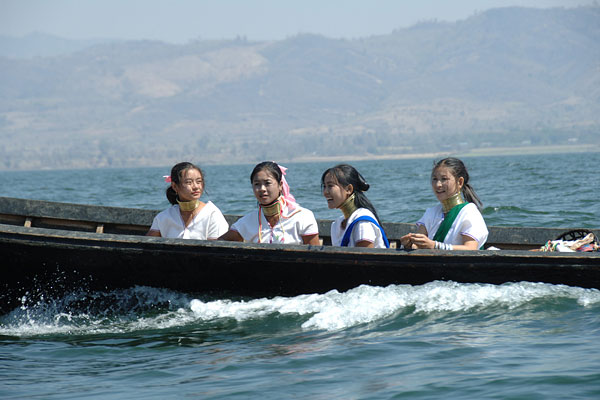
KAYAN BEAUTIES
(Myanmar)
Three Kayan women travel from their remote village to sell handicrafts in a distant city in Myanmar. They are accompanied by a Kayan girl, who has just had the tribe’s decorative, heavy brass coil rings placed around her neck. In the city, the girl is kidnapped by human traffickers. Far from home and out of their element, the Kayan women risk their lives in their desperate search for their young companion.
Tastemaker’s Section
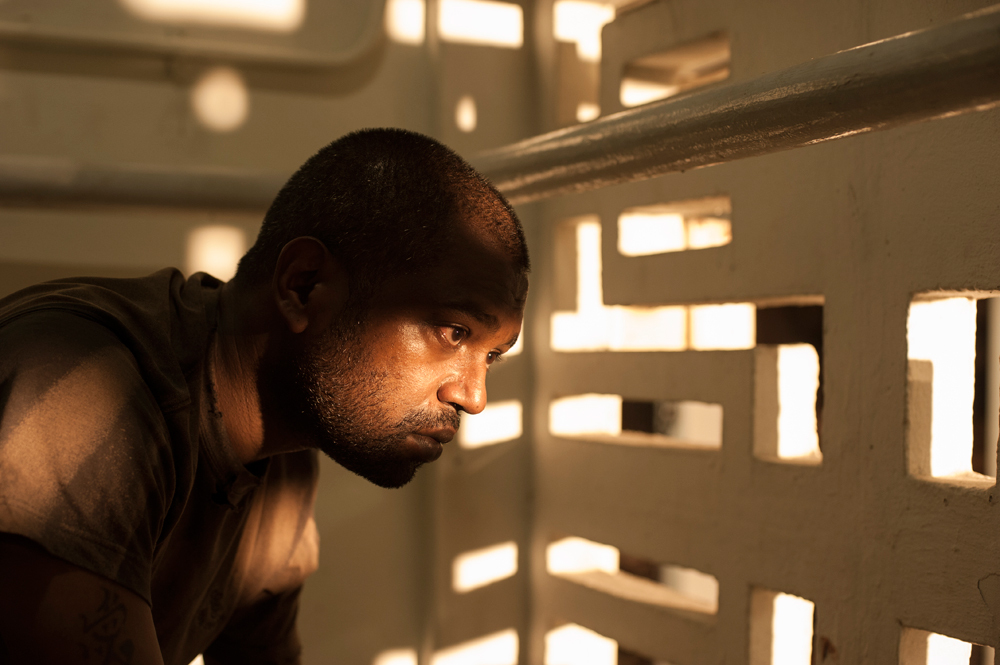
A YELLOW BIRD
Siva, a Singaporean-Indian man, is released after serving his sentence for contraband smuggling. Unable to find forgiveness from his mother, he begins a quest to locate his ex-wife and daughter. Just as he finds solace and hope in the company of an illegal Chinese prostitute, he is confronted with an unbearable truth about his family. How far will Siva go to redeem himself?

DEAREST SISTER
A Lao village girl travels to Vientiane to care for her rich cousin who has mysteriously lost her sight, and somehow gained the ability to communicate with the dead. Matters are further complicated by the cousin’s ambivalent marriage to an Estonian expat, who has his own dark secrets to hide.
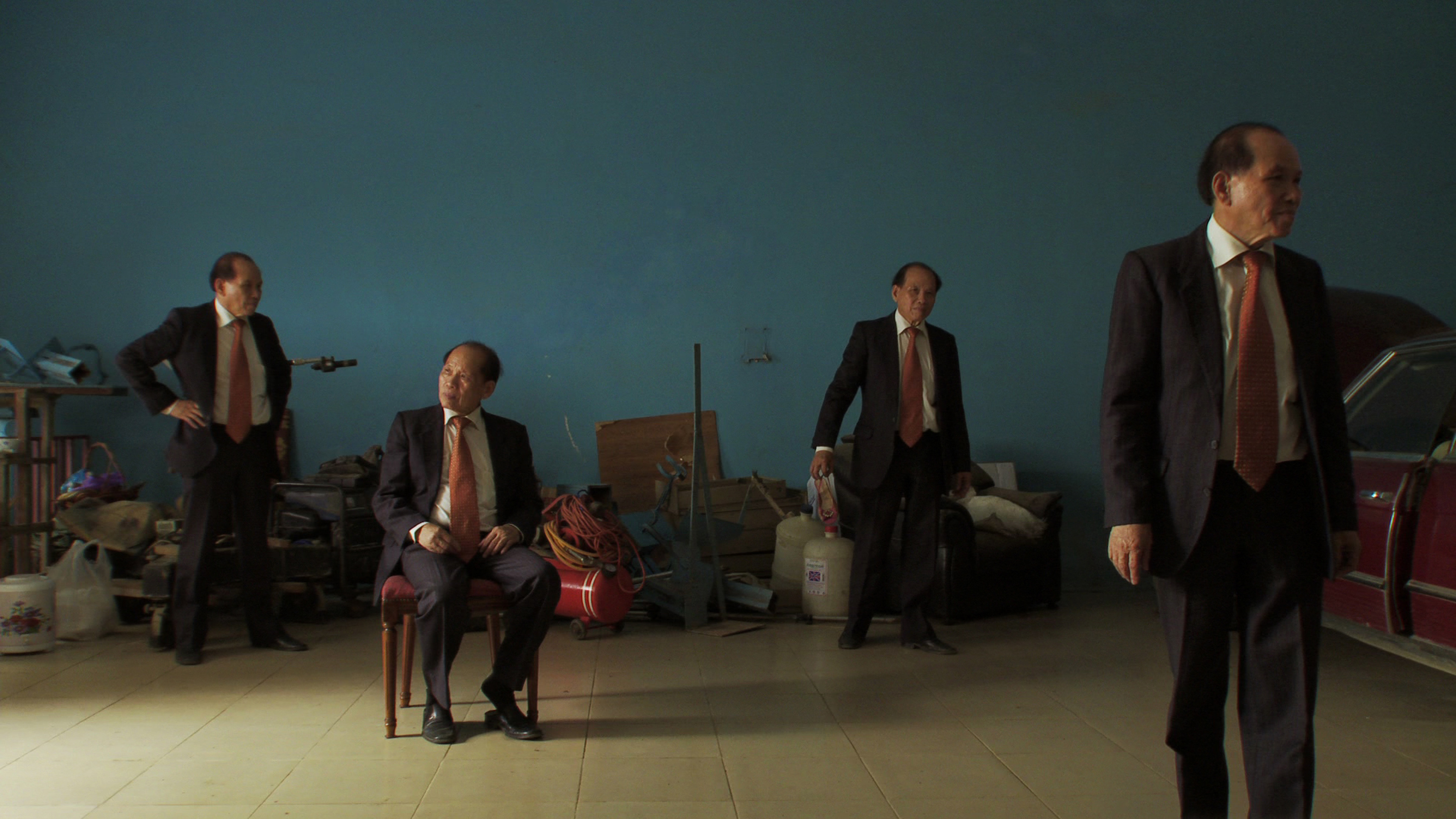
GOLDEN SLUMBERS
Discover the unknown history of the birth and destruction of Cambodian cinema, from the first film ever made in 1960 to the arrival of the Khmer Rouges in 1975. In 15 years, about 400 films were produced. Only 30 films remain today. Almost all the actors were killed during the Khmer Rouges regime and only a few of the directors were able to flee the country. Most of the old movie theaters of Phnom Penh have become restaurants, karaoke places or squats. With only a few of the survivors telling their stories, Golden Slumbers tries to bring back to life the myths and legends of this lost cinema.
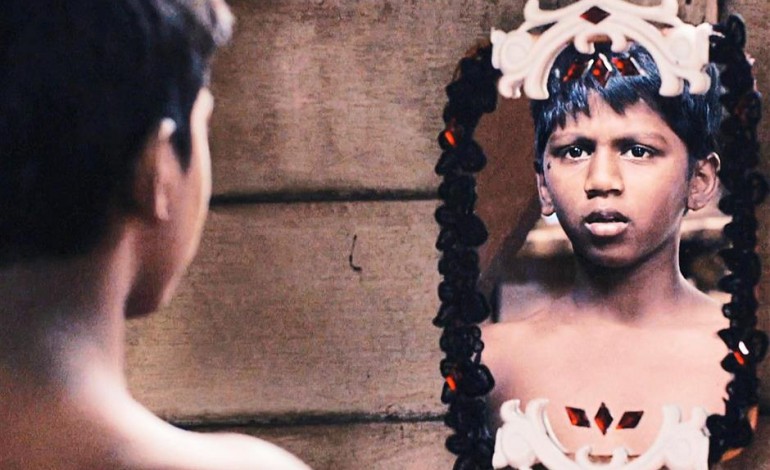
JAGAT
A surprise sleeper hit in Malaysia, first-time director Shanjhey Kumar Perumal channels the spirit of Satyajit Ray in this coming-of-age story about a boy growing up in a community of Tamil immigrants in Malaysia during the 1990s. The film introduces us to Appoy (magnificently played by Harvind Raj), a spirited kid who would rather watch gangster flicks and make prank calls than memorize his multiplication tables.
Desperately trying to keep his son on the straight path, Appoy’s hard-working father becomes increasingly abusive as the boy is inexorably drawn to the criminal lifestyle of his uncle, a henchman for a local Malaysian gang.
ASEAN x Japan Special Section

ASIAN THREE-FOLD MIRROR 2016: REFLECTIONS
The Asian Three-Fold Mirror project brings together three globally acclaimed directors from Asia to co-create omnibus films with a common theme. The first of the omnibus film series, Asian Three-Fold Mirror 2016: Reflections, reflects on the history and culture of the chosen countries generating new points of light. Under the theme of “Living Together in Asia”, crew and cast joined forces across national borders to depict the lives of characters who journey between Japan and Cambodia, the Philippines and Malaysia. These works aim to help bring together people in Asia.
Filmmakers Brillante Ma Mendoza, Isao Yukisada, and Sotho Kulikar present three stories of interconnectedness in the Asian region. In SHINIUMA Dead Horse, a Filipino illegal immigrant is deported and forced to begin life anew in a homeland he has not visited in decades. Set in Penang, Pigeon focuses on the warm kinship between a Malaysian care worker and an elderly Japanese man suffering from dementia. Beyond The Bridge chronicles the doomed romance of a Japanese-Cambodian couple amidst a backdrop of civil war and reconstruction.
Tingin will also include forums each day that will be free and open to the public. Topics including the overview of Southeast Asian cinemas, the future of ASEAN film distribution, a thesis by Armida Santiago on the representation of women in Filipino dramas, and the future of ASEAN cinemas will be covered. Academic luminaries such as Professor Patrick Campos and Baby Ruth Villarama will be joining the forum. Some of the directors of these award-winning films will also hold Q&As after the screenings.
The event is organized by the National Commission of Cultue and the Arts (NCAA) who partnered with CulturAid, Asean 50, Shang Cineplex, and Shangri-La Plaza. The NCAA also tied up with various schools who will be sending their students to the festival with the aim of inspiring and encouraging these young future filmmakers to believe that film festivals like these are truly possible.

For more information, visit Tingin ASEAN Film Festival’s official Facebook page.





